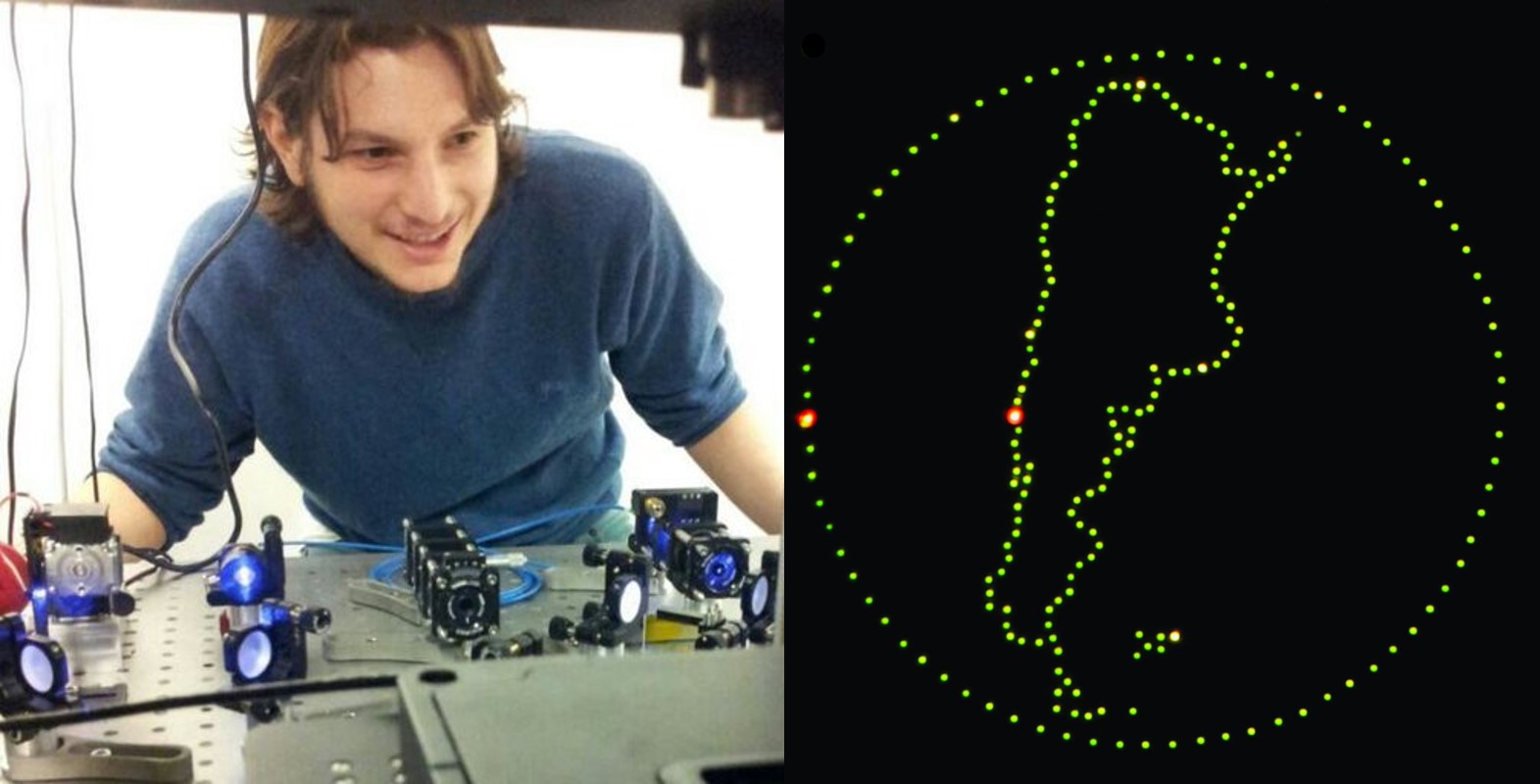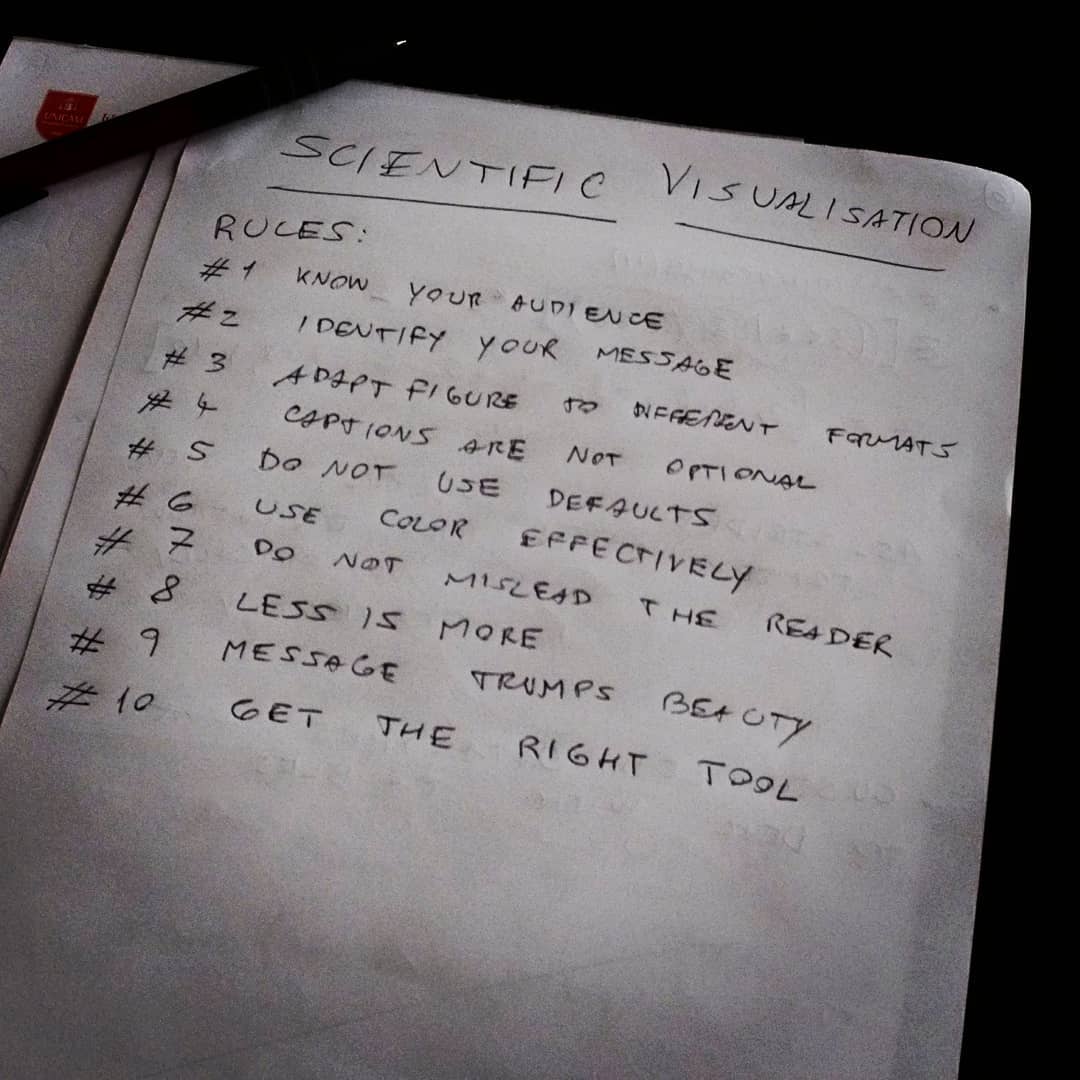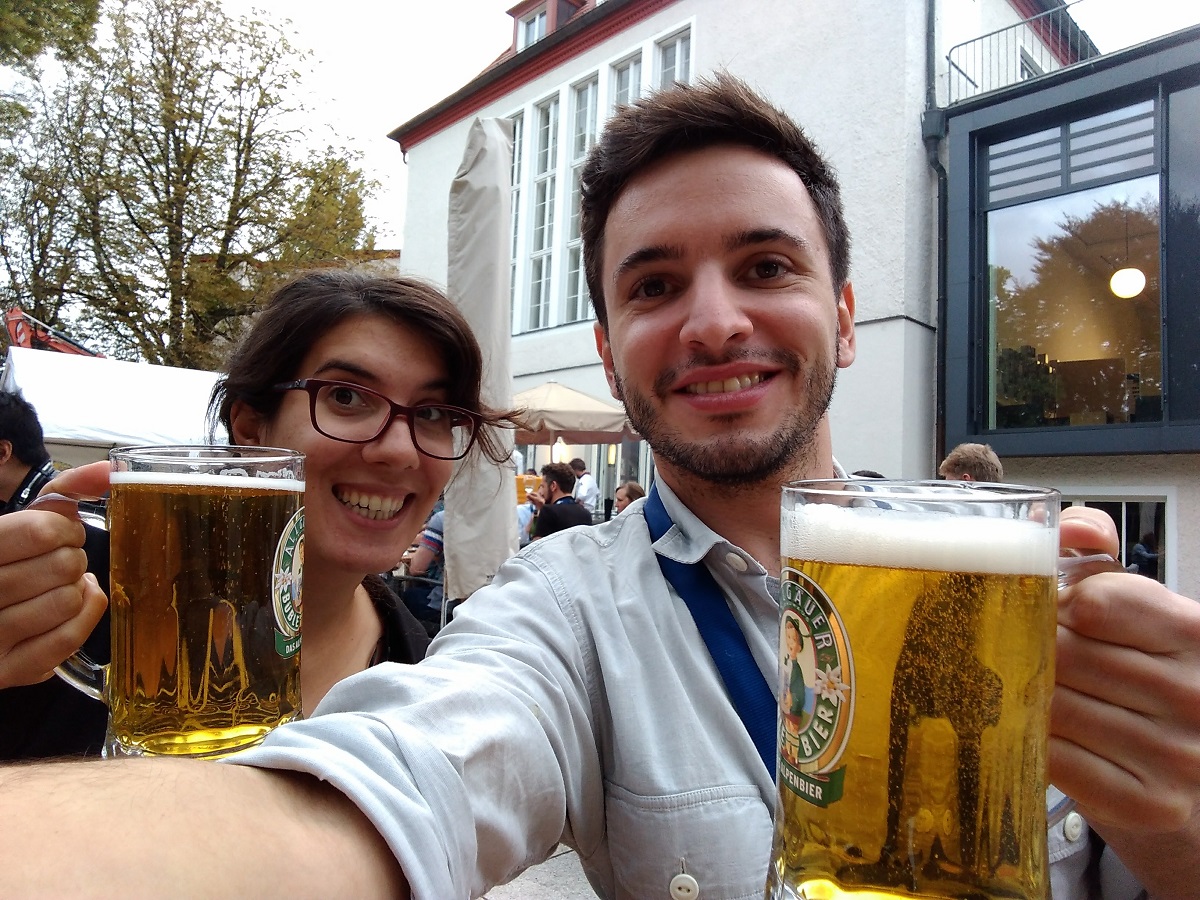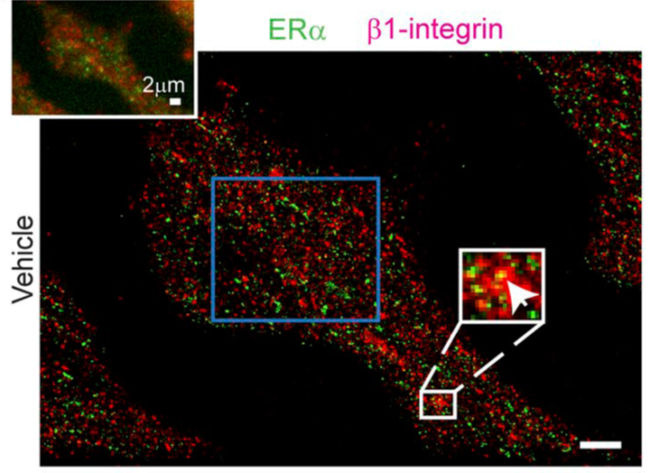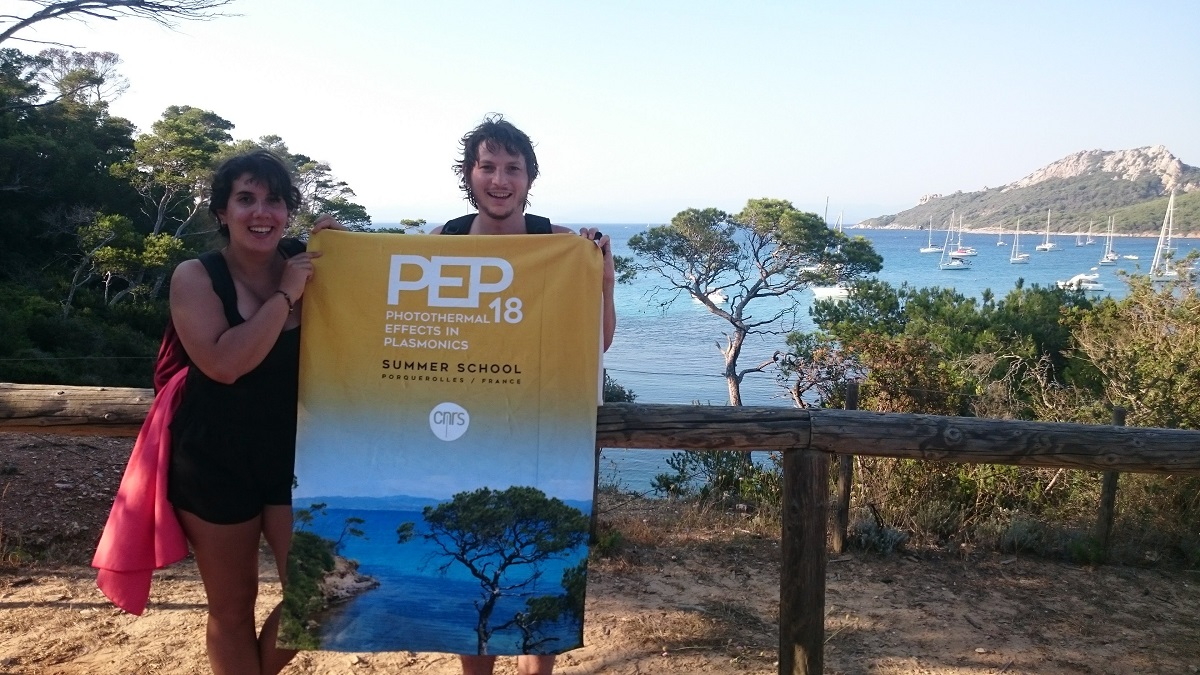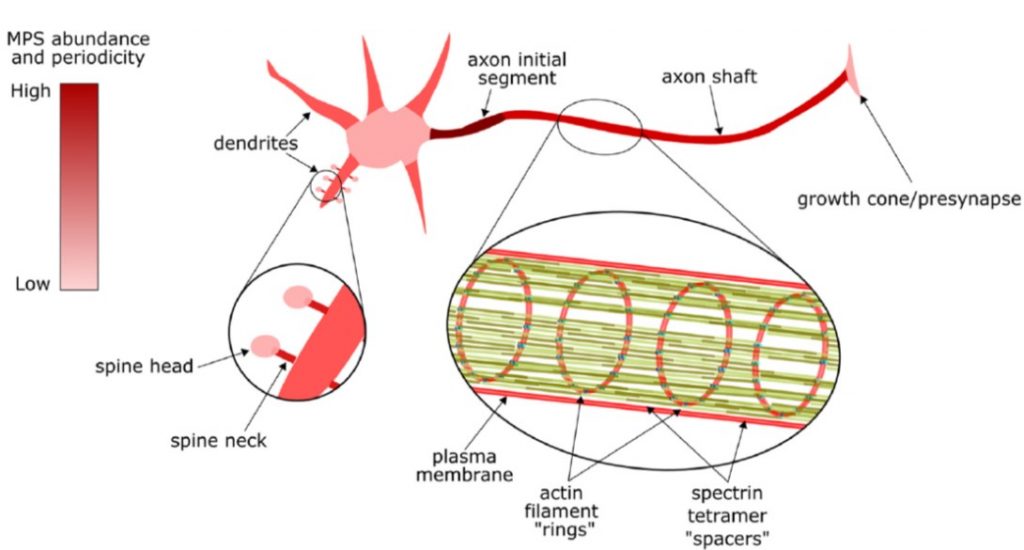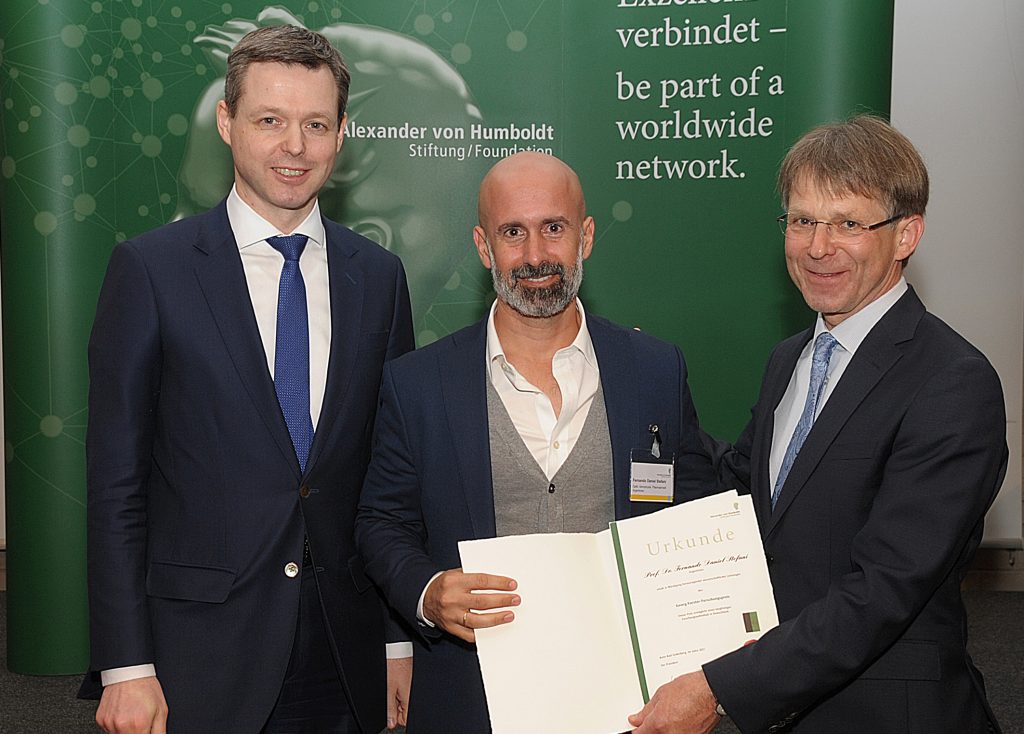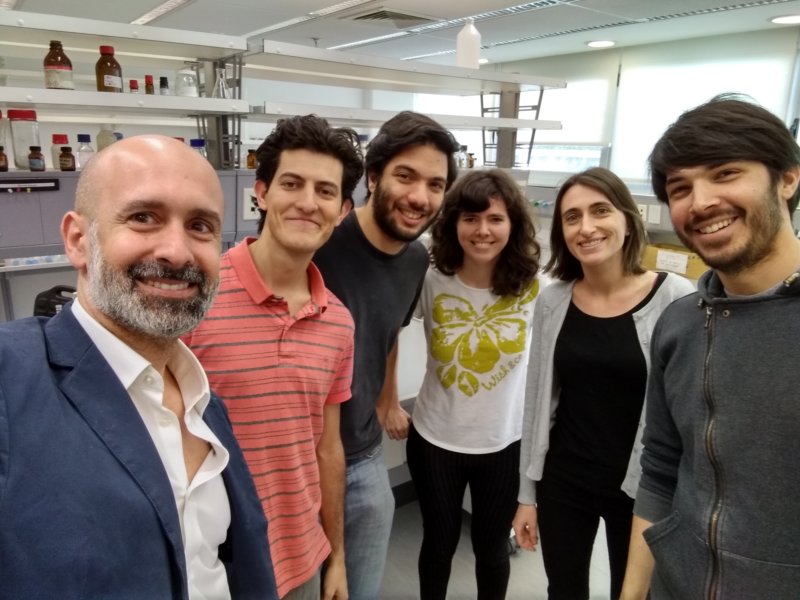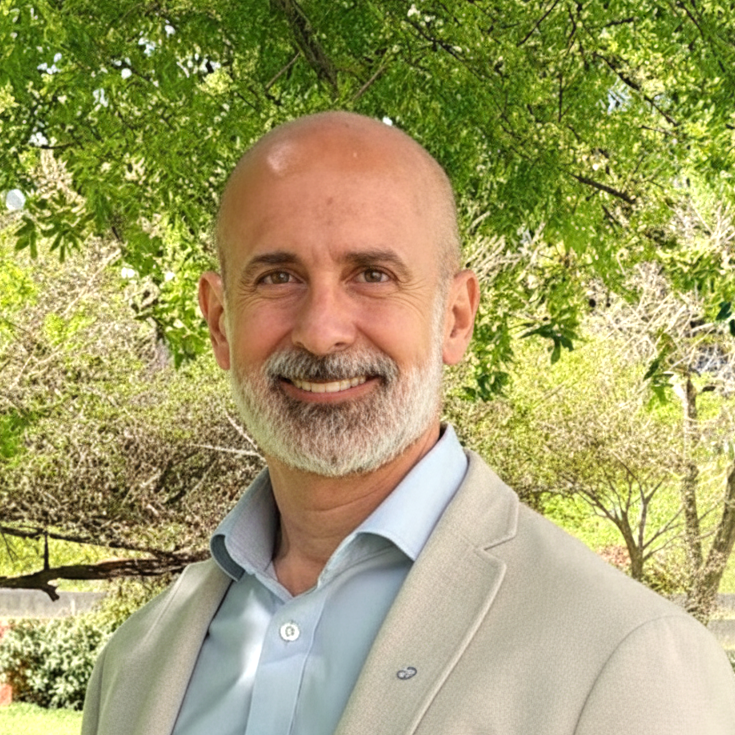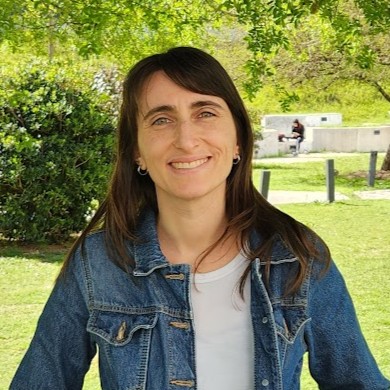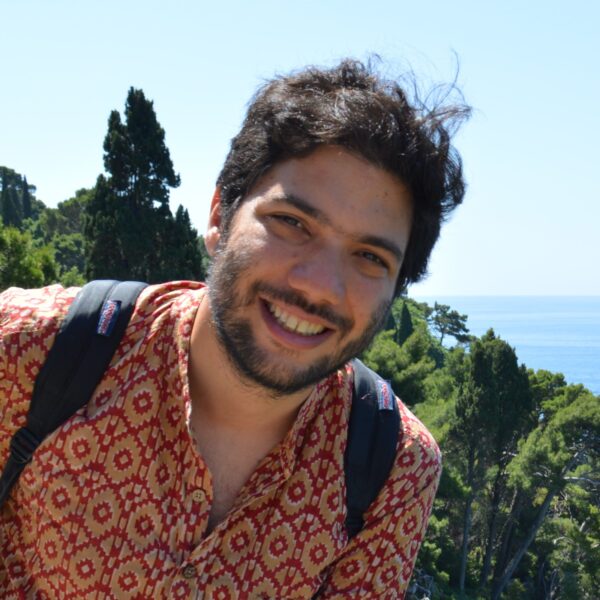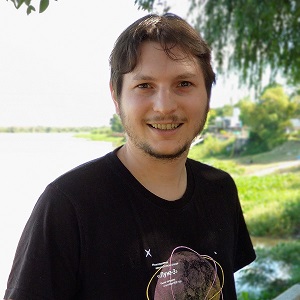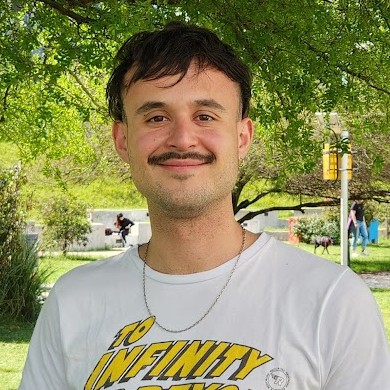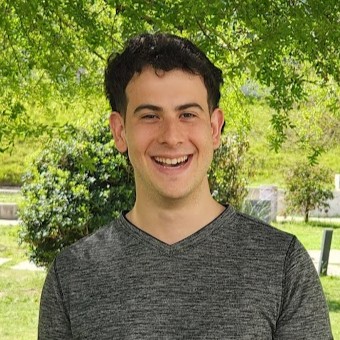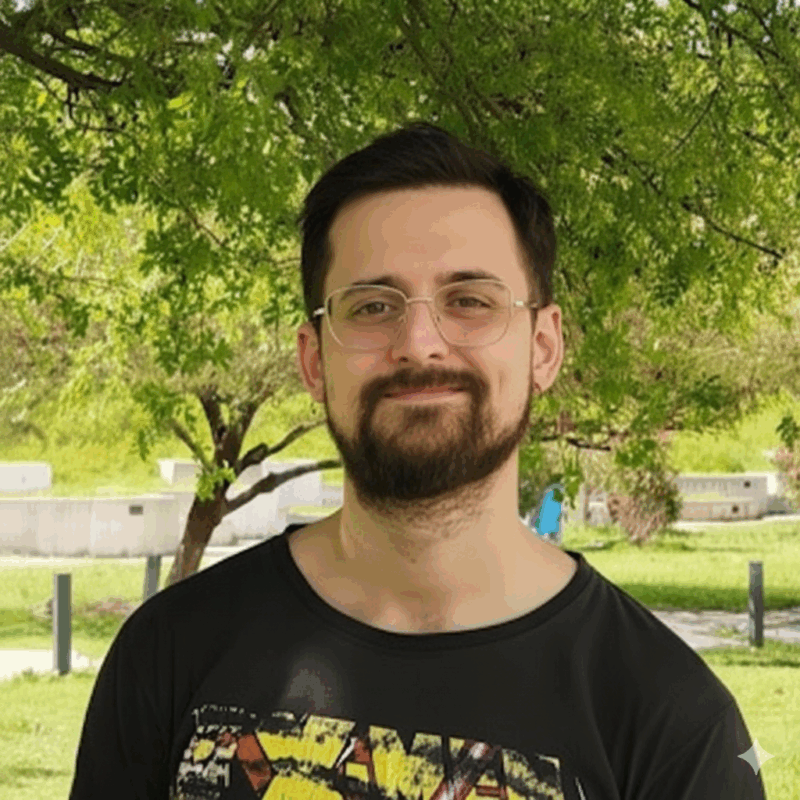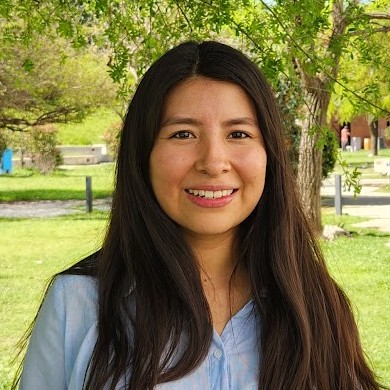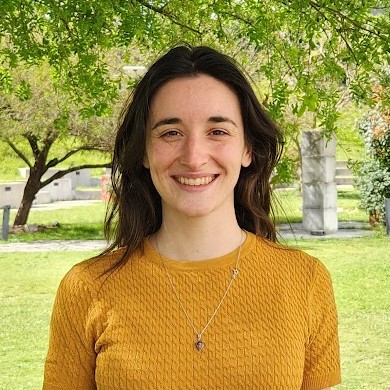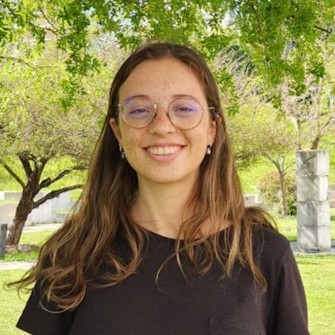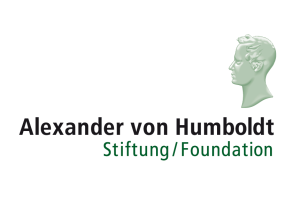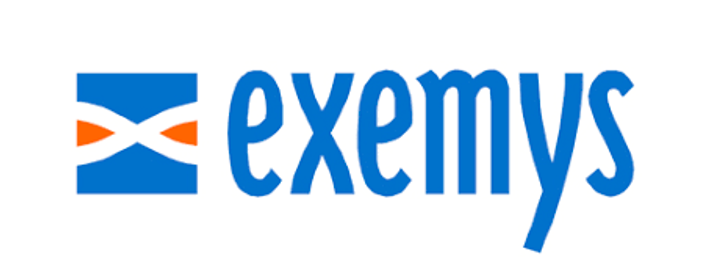Center for Bionanoscience Research (CIBION), National Scientific and Technical Research Council (CONICET)
Physics Department, Faculty of Exact and Natural Sciences, University of Buenos Aires (UBA)
Using optical methods, we explore the properties and technological applications of nanoparticles, single molecules, nanostructured materials, supramolecular assemblies, biological and hybrid nanosystems.
The Applied nanoPhysics Group was launched in October 2009 at the Physics Department, Faculty of Exact and Natural Sciences, of the University of Buenos Aires (UBA)
In 2012 we moved our labs to the Center for Bionanoscience Research (CIBION) of the National Scientific and Technical Research Council (CONICET), while Prof. Stefani still holds his position at the Physics Department of the University of Buenos Aires.
CURRENT RESEARCH ACTIVITIES
Fluorescence nanoscopy.
Super-resolution fluorescence microscopy, also known as fluorescence nanoscopy, has revolutionized biological imaging because they provide deep sub-wavelenght spatial resolution while keeping the low-invasiveness of far-field optical interrogation. We apply and optimize well-established methods like STED and STORM, and develop new ones, such as MINFLUX, and open-source software for fluorescence nanoscopy. With them, we address questions of cellular and neuronal biology.
Optical printing colloidal nanoparticles.
Colloidal chemistry enables the fabrication of nanoparticles of different shapes, sizes and material compositions, that exhibit unique physical and chemical properties, inexistent in bulk materials. In order to make use of those properties in devices and circuits, it is necessary to develope methods to bring the colloidal nanoparticles from the liquid phase to specific locations of solid substrates. We address this challenge using optical forces.
Self-assembled Nanophotonic Devices.
Semiconductor-based devices are approaching intrinsic limits of speed and heat dissipation.
Optical devices are faster and practically loss-less, but their size miniaturization is limited by the wavelength of light. Nanophotonics and Plasmonics deals with the manipulation of light at the nanoscale. We investigate light-matter interaction between single-photon emitters and metallic nanoparticles organized in nanodevices by self-assembly.
LATESTS NEWS
Julián Gargiulo: best doctoral thesis on Experimental Physics of Argentina 2016-2017
The Argentine Physics Association (AFA) has elected the thesis of Julián Gargiulo as the best doctoral thesis on Experimental Physics of Argentina for the period 2016-2017. Every year, the AFA awards the Juan José Giambiagi Prize to the best doctoral thesis on Physics carried out in Argentina. Alternately, one year [...]
11ᵗʰ Advanced Scientific Programming in Python
Luciano Masullo participated in the 11ᵗʰ Advanced Scientific Programming in Python, taking place in Camerino, Italy, from 3rd to 8th of September The school focused on advanced Python programming for scientific application and was aimed at scientific investigators, not professional programmers. Among other topics, the participants learned strategies and methods [...]
8th Single Molecule Localization Microscopy Symposium
Cecilia Zaza and Luciano Masullo participated in the 8th Single Molecule Localization Microscopy Symposium, presenting the software Gollum for the automated quantification of periodic protein structures The meeting took place at the beautiful Harnack Haus of the Max-Planck Society in Berlin, Germany. More information about the symposium at https://2018.smlms.org/ More info [...]
Super-resolution imaging at the cell membrane of breast cancer cells
Estrogen receptor α (ERα) is expressed in tissues as diverse as brains and mammary glands. In breast cancer, ERα is a key regulator of tumor progression. Therefore, understanding what activates ERα is critical for cancer treatment in particular and cell biology in general. In this interdisciplinary work, a [...]
1st Summer School on Photothermal Effects in Plasmonics
Dr. Ianina Violi and Cecilia Zaza obtained a travel grant to attend the 1st Summer School on Photothermal Effects in Plasmonics, taking place in Porquerolles’ Island, France, and they made the sacrifice to represent the group... The school gathered more than 60 researchers from around the world, including our [...]
Review about the membrane-associated periodic skeleton of neurons
The membrane-associated periodic skeleton (MPS) of neurons is a supramolecular protein structure that we study using fluorescence nanoscopy. Together with our friends, the neurobiologist Dr. Alfredo Cáceres and Dr. Nicolás Unsain, we explain what we know so far about this neuronal nano-structure, what proteins are involved, how are they organized [...]
Prof. Stefani receives the Georg-Foster Research Award of the Alexander von Humboldt Foundation
Every year, the Alexander von Humboldt foundation honors researchers from all over the world and all disciplines with its prestigious Research Awards. This year, 4 argentine researchers were among the 45 awardees:Dra. Vanesa Gottifredi, Prof. Dr. Carlos Ballare, Prof. Dr. Daniel De Florian, and Prof. Dr. Fernando Stefani. The award [...]
We welcome new group members!
We are very happy to welcome the new group members (from left to right): Germán Chiarelli, PhD candidate, will investigate novel combinations of technologies to obtain fluorescence nanoscopy with sub-10 nm resolution in the three dimensions. Dr. Alan Szalai will focus on deciphering details of neuronal polarity using fluorescence nanoscopy [...]
COLLABORATORS
STEFAN HELL
Max-Planck-Institute for Biophysical Chemistry (Göttingen, Germany)
THOMAS JOVIN
Max-Planck-Institute for Biophysical Chemistry (Göttingen, Germany)
ALFREDO CÁCERES
Instituto Universitario de Ciencias Biomédidas de Córdoba (Córdoba, Argentina)
PHILIP TINNEFELD
Ludwig-Maximilians-University Munich (Germany)
GUILLERMO ACUNA
University of Fribourg (Switzerland)
ANDRÉS ZELCER
Centro de Investigaciones en Bionanociencias (Buenos Aires, Argentina)
ANDREA BRAGAS
University of Buenos Aires (Argentina)
DARÍO KRAPF
Instituto de Biología Molecular y Celular de Rosario (IBR – Santa Fe, Argentina)
SABRINA SIMONCELLI
University College London (UK)
DAMIAN REFOJO
Biomedicine Research Institute of Buenos Aires (Argentina)
RODRIGO PALACIOS
Universidad Nacional de Río Cuarto (Córdoba, Argentina)
OSCAR CAMPETELLA
Universidad Nacional de General San Martín (Buenos Aires, Argentina)

